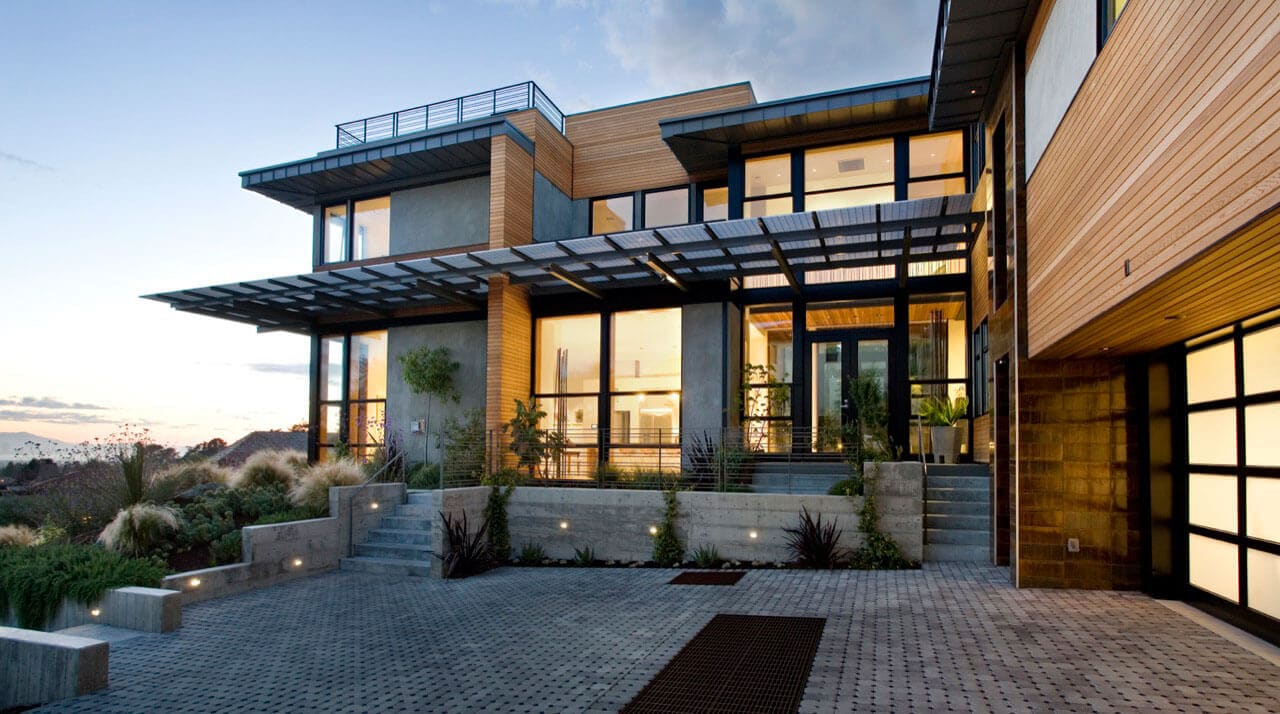

Articles
24 Tips For Energy-Efficient Homes
Modified: January 19, 2024
Discover 24 comprehensive articles filled with tips and tricks to create energy-efficient homes. Make your home more sustainable and save on energy bills with these practical solutions.
(Many of the links in this article redirect to a specific reviewed product. Your purchase of these products through affiliate links helps to generate commission for Storables.com, at no extra cost. Learn more)
Introduction
Creating an energy-efficient home not only benefits the environment but also helps homeowners save on utility bills. With the rising awareness of climate change and the need for sustainable living, more and more people are looking for ways to reduce their carbon footprint and make their homes more eco-friendly.
In this article, we will explore 24 tips for achieving energy efficiency in your home. From insulation and windows to appliances and renewable energy, we will cover a wide range of strategies that can be implemented to significantly reduce energy consumption. By implementing these tips, you can make your home more comfortable, cut down on energy expenses, and contribute to a greener future.
Key Takeaways:
- Embracing energy-efficient practices in your home, from insulation to smart technology, can lead to significant cost savings, environmental benefits, and a more sustainable lifestyle.
- Regular maintenance, behavior adjustments, and the use of energy-efficient materials are key to creating a comfortable, eco-friendly home while maximizing energy savings.
Insulation
Proper insulation is essential for maintaining a comfortable and energy-efficient home. It helps to prevent heat loss in the winter and heat gain in the summer, reducing the need for excessive heating or cooling. Here are some tips for improving insulation in your home:
- Check your attic insulation: Start by checking the insulation in your attic. Make sure it is thick enough and adequately covers the entire space. Consider upgrading to a higher R-value insulation if necessary.
- Seal air leaks: Air leaks around windows, doors, and electrical outlets can significantly impact energy efficiency. Seal any gaps or cracks with weatherstripping or caulking to prevent drafts and heat loss.
- Insulate walls: If your home has uninsulated walls, consider adding insulation. This can be done by injecting foam insulation into wall cavities or adding insulation boards on the interior or exterior.
- Insulate floors: Cold floors can make a room feel uncomfortable. Insulating the floors can help prevent heat loss and create a warmer environment. Consider using insulation boards or underfloor insulation materials.
- Insulate pipes and ducts: Insulating pipes and ducts can prevent heat loss when hot water is flowing or warm air is being distributed. Use pipe insulation sleeves or wrap ducts with insulation to minimize energy loss.
Investing in proper insulation can have a significant impact on your home’s energy efficiency. It will not only keep your home at a comfortable temperature but also reduce the workload on your heating and cooling systems, resulting in lower energy bills.
Windows and Doors
Windows and doors are key components of a home’s energy efficiency. They can contribute to both heat loss and heat gain, depending on their quality and condition. Here are some tips for improving the energy efficiency of windows and doors in your home:
- Upgrade to energy-efficient windows: Consider replacing old, single-pane windows with energy-efficient windows. Look for windows with a low U-value and a high R-value. Double or triple-glazed windows with low-emissivity (low-E) coatings are highly recommended.
- Install weatherstripping: Weatherstripping is an affordable and effective way to seal gaps and prevent drafts around windows and doors. Apply weatherstripping to create a tight seal and minimize air leakage.
- Use window film or tinting: Window film or tinting can help reduce heat gain from the sun in the summer. It blocks harmful UV rays and reduces the need for excessive cooling. Ensure the film is properly applied and does not obstruct visibility.
- Consider window coverings: Insulated window coverings, such as curtains or blinds with thermal linings, can provide additional insulation and reduce heat transfer through windows. Use them strategically to block heat in the summer and retain warmth in the winter.
- Insulate around window and door frames: Insulation around window and door frames can prevent air leaks. Use expanding foam or caulk to seal any gaps or cracks. Ensure proper insulation in the exterior walls surrounding the windows and doors.
By enhancing the energy efficiency of your windows and doors, you can significantly reduce heat loss, minimize drafts, and improve the overall comfort of your home. Additionally, upgrading to energy-efficient windows can also enhance the aesthetic appeal and resale value of your property.
Heating and Cooling
Heating and cooling systems account for a significant portion of a home’s energy consumption. By optimizing these systems, you can reduce energy usage and improve efficiency. Here are some tips for heating and cooling your home efficiently:
- Upgrade to energy-efficient equipment: Consider replacing old heating and cooling systems with energy-efficient models. Look for systems with high Seasonal Energy Efficiency Ratio (SEER) ratings for air conditioners and high Annual Fuel Utilization Efficiency (AFUE) ratings for furnaces.
- Use programmable thermostats: Programmable thermostats allow you to set different temperature levels for different times of the day. This helps optimize energy usage by automatically adjusting temperatures when you’re away or asleep.
- Regularly maintain HVAC systems: Regular maintenance, such as cleaning or replacing filters, ensures that your heating and cooling systems operate at their peak efficiency. Schedule professional maintenance at least once a year to keep them in optimal condition.
- Seal and insulate ducts: Leaky ducts can result in significant energy loss. Inspect and seal any leaks in your ductwork, and consider insulating ducts in unconditioned spaces to prevent heat transfer.
- Utilize natural ventilation: When the weather allows, use natural ventilation techniques to cool your home. Open windows and doors strategically to allow for cross-ventilation and take advantage of cool breezes.
- Use ceiling fans: Ceiling fans can help circulate air, making you feel cooler without relying as heavily on air conditioning. Run ceiling fans in a counter-clockwise direction in the summer to create a cooling breeze.
By adopting energy-efficient practices for your heating and cooling systems, you can reduce energy consumption and lower your utility bills. Additionally, these practices can help extend the lifespan of your equipment and contribute to a more sustainable lifestyle.
Lighting
Lighting is an essential aspect of any home, but it can also be a significant source of energy consumption. By implementing energy-efficient lighting strategies, you can reduce your energy usage and save money. Here are some tips for efficient lighting in your home:
- Switch to LED bulbs: LED (Light Emitting Diode) bulbs are highly energy-efficient compared to traditional incandescent bulbs. They use up to 80% less energy and can last significantly longer. Replace your incandescent bulbs with LED bulbs throughout your home.
- Utilize natural light: Take advantage of natural light during the day by opening curtains and blinds. This reduces the need for artificial lighting and can provide a more pleasant and uplifting atmosphere.
- Install lighting controls: Install dimmer switches or motion sensors to control your lighting. Dimming lights not only saves energy but also creates a cozy ambiance. Motion sensors help ensure lights are only on when needed and automatically turn them off when no movement is detected.
- Use task lighting: Instead of relying on overhead lighting for every task, use task lighting in specific areas where focused light is needed. This helps reduce overall energy consumption by lighting only the areas that require it.
- Turn off lights when not in use: Make it a habit to switch off lights when leaving a room. Encourage your family members to do the same. This simple practice can lead to significant energy savings over time.
By incorporating these energy-efficient lighting strategies into your home, you can lower your electricity bills and minimize your environmental impact. Remember, small changes in your lighting habits can make a big difference in terms of energy savings and sustainability.
Read more: 12 Best Infrared Heaters For Any Space
Appliances
Household appliances are major energy consumers, but by choosing energy-efficient models and using them wisely, you can significantly reduce your energy usage. Here are some tips for energy-efficient appliance use:
- Look for ENERGY STAR certified appliances: When purchasing new appliances, choose models that have the ENERGY STAR label. These appliances meet strict energy efficiency guidelines set by the U.S. Environmental Protection Agency (EPA) and can help reduce energy consumption.
- Opt for energy-saving settings: Many appliances, such as refrigerators, dishwashers, washing machines, and dryers, have energy-saving settings. Use these settings whenever possible to minimize energy usage.
- Unplug or use power strips: Appliances can consume energy even when not in use, known as standby power. Unplug appliances when not in use or use power strips to easily turn them off completely.
- Avoid peak energy usage times: Energy costs can be higher during peak usage times. Use your appliances, such as washing machines and dishwashers, during off-peak hours to take advantage of lower rates.
- Maintain and clean appliances: Regular maintenance and cleaning of appliances ensure that they operate efficiently. Clean refrigerator coils, replace air filters in air conditioning units, and empty lint filters in dryers regularly to improve energy efficiency.
- Use cold water for laundry: Washing clothes in cold water instead of hot can save a significant amount of energy. Most laundry detergents are formulated to work effectively in cold water.
- Avoid overloading appliances: Overloading appliances, such as refrigerators or washing machines, can reduce their efficiency. Follow manufacturer guidelines regarding load capacity for optimal energy efficiency.
By choosing energy-efficient appliances and utilizing them smartly, you can reduce your energy consumption and lower your electricity bills. When it comes time to replace old appliances, consider investing in models that prioritize energy efficiency to maximize your energy savings in the long run.
Water Usage
Conserving water is not only beneficial for the environment but can also help reduce your water bill. Here are some tips for efficient water usage in your home:
- Fix leaks promptly: Even small leaks can waste a significant amount of water over time. Regularly check for leaks in faucets, toilets, and pipes, and repair them promptly to avoid water waste.
- Install water-efficient fixtures: Replace old faucets, showerheads, and toilets with water-efficient models. Look for fixtures that are labeled as WaterSense certified, as they are designed to use less water without compromising performance.
- Take shorter showers: Limiting your shower time can significantly reduce water usage. Consider installing a shower timer or using a low-flow showerhead to further reduce water consumption.
- Water plants efficiently: Water your plants in the early morning or late evening to minimize evaporation. Use a watering can or drip irrigation system instead of a hose to target the roots and avoid wasted water.
- Collect and reuse water: Collect rainwater in barrels or use graywater from activities like dishwashing or laundry to water your plants or flush toilets. This helps reduce the demand for fresh water.
- Run full dishwasher and laundry loads: Make sure to run your dishwasher and washing machine with full loads. Running partial loads wastes water and energy. Also, consider using the eco-mode or water-saving cycle options when available.
- Turn off faucets when not in use: Avoid leaving the faucet running while brushing your teeth, washing dishes, or doing other tasks. Only use the water you need and turn off the faucet when not in use.
By implementing these water-saving strategies, you can conserve water, reduce your water bill, and contribute to sustainable water management. Remember, every drop counts, and small changes in your daily water usage habits can have a significant impact over time.
Renewable Energy
Harnessing renewable energy sources is a crucial step toward creating a sustainable future and reducing dependence on fossil fuels. Here are some popular options for incorporating renewable energy into your home:
- Solar Power: Installing solar panels on your roof allows you to generate clean and renewable energy from the sun. Solar panels convert sunlight into electricity, reducing your reliance on grid power and lowering your electricity bills.
- Wind Power: If you have sufficient space and live in an area with consistent wind patterns, installing a small wind turbine can be an effective way to generate renewable energy. Wind turbines convert wind power into electricity that can be used to power your home.
- Geothermal Energy: Geothermal systems utilize the constant temperature below the Earth’s surface to heat and cool your home. By tapping into this renewable energy source, you can significantly reduce your heating and cooling costs.
While the upfront costs of installing renewable energy systems can be significant, they can provide long-term savings and reduce your carbon footprint. Additionally, there are often incentives, tax credits, and financing options available to help make the switch to renewable energy more affordable.
Before investing in renewable energy systems, it’s important to assess the feasibility and performance potential for your specific location. Consider consulting with renewable energy professionals to determine the best options for your home and budget.
Landscaping
Landscaping not only enhances the aesthetic appeal of your home but can also contribute to its energy efficiency. By strategically designing your outdoor space, you can maximize shade, reduce heat gain, and conserve water. Here are some landscaping tips for energy efficiency:
- Plant trees for shade: Strategically plant trees on the east and west sides of your home to provide shade during the hottest parts of the day. This can help reduce the need for excessive air conditioning and keep your home cooler.
- Create windbreaks: Planting shrubs, hedges, or trees on the wind-facing sides of your property can act as a windbreak, reducing heat loss during the winter and cutting down on cooling costs during the summer.
- Use native and drought-tolerant plants: Choose plants that are native to your region and are well-suited to the local climate. Native plants require less water, maintenance, and fertilization, reducing your water usage and overall landscaping expenses.
- Install a rain garden: A rain garden is a shallow depression in your yard that collects and absorbs rainwater runoff. By directing rainwater to a designated area, you can conserve water, reduce erosion, and provide habitat for beneficial wildlife.
- Use permeable paving: Instead of traditional concrete or asphalt, consider using permeable paving materials for your driveways, walkways, or patios. Permeable surfaces allow rainwater to infiltrate the ground rather than creating runoff, reducing strain on drainage systems.
- Mulch your garden beds: Applying a layer of organic mulch around your garden beds can help retain soil moisture, suppress weeds, and regulate soil temperature. This reduces the need for excessive watering and helps promote plant health.
By incorporating these landscaping strategies, you can create a beautiful and energy-efficient outdoor space. Not only will you contribute to a more sustainable environment, but you’ll also enjoy the benefits of lower energy bills and a more comfortable living environment.
Read more: How Often Should A Refrigerator Run
Ventilation
Proper ventilation is essential for maintaining a healthy and energy-efficient home. It helps remove indoor air pollutants, regulate humidity levels, and improve air quality. Here are some tips for effective ventilation in your home:
- Natural Ventilation: Open windows and doors to take advantage of natural airflow when the weather permits. Position windows to create cross-ventilation and allow fresh air to circulate throughout your home.
- Install Ventilation Fans: Install exhaust fans in kitchens, bathrooms, and other high-moisture areas to remove excess humidity and odors. Ensure these fans are vented directly to the outside to prevent moisture buildup.
- Use Ceiling Fans: Ceiling fans promote air circulation and can help reduce the need for air conditioning in mild weather. In the summer, set your ceiling fans to rotate counterclockwise to create a cooling breeze.
- Maintain HVAC Vents: Regularly clean and inspect your HVAC vents to ensure proper airflow. Remove any obstructions, such as furniture or rugs, that may block the vents and impede the effectiveness of your heating and cooling system.
- Consider Whole-House Ventilation Systems: Whole-house ventilation systems, such as heat recovery ventilation (HRV) and energy recovery ventilation (ERV) systems, can efficiently exchange stale indoor air with fresh outdoor air while reducing energy loss.
- Seal Ductwork: Leaky air ducts can hamper proper ventilation by allowing conditioned air to escape. Seal any gaps or leaks in your ductwork to ensure that air is properly distributed throughout your home.
Effective ventilation not only improves indoor air quality but also helps regulate temperature and moisture levels in your home. By implementing these ventilation strategies, you can create a healthier and more comfortable living environment while reducing your energy consumption.
Energy Audits
Conducting an energy audit is a valuable step towards optimizing the energy efficiency of your home. An energy audit can help identify areas of energy waste and provide recommendations for improvements. Here’s how you can benefit from an energy audit:
- Hire a professional: Consider hiring a professional energy auditor to assess the energy performance of your home. They will conduct a thorough evaluation, including insulation, heating and cooling systems, lighting, appliances, and overall energy usage.
- Detect air leaks: Energy auditors use techniques such as blower door tests and infrared cameras to identify air leaks and areas of poor insulation. By sealing gaps and adding insulation, you can prevent energy loss and improve comfort.
- Evaluate heating and cooling systems: An energy audit assesses the efficiency of your heating and cooling systems. The auditor may recommend upgrades or repairs to optimize their energy performance and reduce energy consumption.
- Assess lighting and appliances: During an energy audit, lighting fixtures and appliances are evaluated for energy efficiency. The auditor may suggest replacing outdated models with energy-efficient alternatives to save on electricity usage.
- Receive personalized recommendations: An energy audit provides personalized recommendations tailored to your home’s specific needs. These suggestions can include improving insulation, upgrading appliances, or implementing renewable energy systems.
- Access potential savings: By following the recommendations of an energy audit, you can significantly decrease your energy consumption and save money on utility bills. The cost savings over time can often offset the initial investment.
Energy audits help identify areas of improvement and guide you in making strategic changes to enhance the energy efficiency of your home. Whether conducted by a professional or done yourself, an energy audit provides valuable insights to create a more sustainable and cost-effective living environment.
Energy-Efficient Design
Energy-efficient design plays a vital role in creating a sustainable and energy-efficient home from the ground up. By incorporating energy-saving principles into the design and construction process, you can optimize energy efficiency and reduce your environmental impact. Here are some key considerations for energy-efficient design:
- Passive Solar Design: Incorporate passive solar design principles to maximize natural light and heat from the sun. Orienting your home to take advantage of sunlight and using well-insulated windows can help reduce the need for artificial lighting and heating.
- Proper Insulation: Implement effective insulation strategies during the construction phase to minimize heat loss in winter and heat gain in summer. Insulate walls, floors, and roofs to reduce dependence on heating and cooling systems.
- Air Sealing: Ensure proper air sealing during construction to prevent drafts and air leakage. This helps maintain a controlled indoor environment and improves overall energy efficiency.
- Energy-Efficient Windows: Install energy-efficient windows with proper insulation and low-E coatings to reduce heat transfer and improve energy performance.
- Efficient HVAC System: Choose an energy-efficient heating, ventilation, and air conditioning (HVAC) system. Proper sizing, duct design, and high-efficiency equipment can significantly reduce energy consumption.
- Energy-Efficient Lighting: Incorporate energy-efficient lighting solutions such as LED bulbs and smart lighting controls into the design. Use lighting zoning to provide illumination only where necessary.
- Water Efficiency: Design plumbing systems to minimize water waste by incorporating low-flow fixtures and efficient irrigation systems. Consider capturing and reusing rainwater for irrigation purposes.
- Renewable Energy Integration: Design your home with the incorporation of renewable energy systems in mind. Consider the placement and orientation of solar panels or wind turbines for optimal energy production.
By adopting energy-efficient design principles, you can create a home that not only minimizes energy consumption but also provides a comfortable and sustainable living environment. Collaborate with architects, builders, and energy experts to ensure that energy-efficient design practices are integrated seamlessly into your home’s construction or renovation process.
Consider installing a programmable thermostat to regulate your home’s temperature and save on energy costs. Set it to lower the temperature in the winter and raise it in the summer when you’re not home.
Passive Design
Passive design is an architectural approach that maximizes the use of natural resources and climatic conditions to create a comfortable and energy-efficient living space. By incorporating passive design strategies into your home, you can reduce reliance on mechanical systems and decrease energy consumption. Here are some key elements of passive design:
- Orientation and Layout: Properly orienting your home to take advantage of the sun’s path and prevailing winds can optimize natural lighting, heating, and cooling. Strategic room layouts can promote natural airflow and minimize the need for artificial ventilation.
- Optimal Insulation: Ensuring proper insulation throughout the building envelope is essential for maintaining a consistent indoor temperature. Well-insulated walls, roofs, and floors reduce heat transfer and prevent energy loss.
- High-performance Windows: Using energy-efficient windows with low-E coatings and proper shading can optimize daylighting and minimize heat gain or loss. Good window placement allows for cross ventilation and natural cooling.
- Thermal Mass: Incorporating materials with high thermal mass, such as concrete or stone, into your home’s construction can store and release heat slowly, providing natural temperature regulation and reducing reliance on mechanical heating and cooling.
- Natural Ventilation: Designing for natural ventilation allows for the free flow of air throughout your home. This can be achieved through strategic window placement, operable skylights, or louvers to facilitate cool air movement.
- Shading and Sun Control: Utilize shading devices such as overhangs, awnings, or vegetation to prevent excessive heat gain in the summer while allowing sunlight to penetrate during the winter. This reduces the need for air conditioning and artificial lighting.
- Energy-Efficient Landscaping: Incorporating trees, shrubs, and other vegetation strategically around your home can provide natural shade, reduce wind exposure, and create microclimates, further enhancing energy efficiency.
Passive design maximizes the utilization of natural resources, minimizes energy consumption, and creates a comfortable living environment. Consider consulting with architects or building professionals who specialize in passive design principles to ensure optimal integration into your home’s construction or renovation process.
Read more: How Do You Qualify For Insulation Grant
Solar Power
Solar power is an increasingly popular and accessible renewable energy source that harnesses the energy from the sun to generate electricity. By installing solar panels on your property, you can generate clean energy, reduce your reliance on traditional energy sources, and potentially save on electricity bills. Here are some key aspects of solar power:
- Photovoltaic (PV) Systems: Solar panels, also known as photovoltaic (PV) systems, convert sunlight into electricity through the photovoltaic effect. These panels consist of multiple solar cells made from semiconductor materials like silicon.
- On-Grid vs. Off-Grid Systems: On-grid solar systems are connected to the local electrical grid, allowing excess solar energy to be fed back into the grid for credit or compensation. Off-grid systems are standalone systems that store excess energy in batteries for use during times when the sun is not shining.
- Net Metering: Many areas offer net metering programs, which allow homeowners with on-grid solar systems to receive credit for the excess energy they generate. This credit can offset the cost of electricity consumed when their solar panels are not producing enough power.
- Battery Storage: Adding battery storage to a solar system allows you to store surplus energy for use during periods of low sunlight or power outages. Batteries can provide a reliable backup power source and increase self-sufficiency.
- Solar Incentives and Tax Credits: Governments and utilities often provide financial incentives, such as rebates and tax credits, to encourage solar adoption. These incentives can help offset the initial installation costs and make solar power more affordable.
- Environmental Benefits: Solar power is a clean and renewable energy source that produces no greenhouse gas emissions during operation. By using solar energy, you contribute to reducing carbon emissions and mitigating the impacts of climate change.
Before installing solar panels, it’s important to assess your home’s solar potential, taking into account factors such as roof orientation, shading, and local climate conditions. Consult with solar installers to determine the most efficient and cost-effective system for your specific needs.
Investing in solar power provides long-term financial and environmental benefits. Not only can you significantly reduce or eliminate electricity bills, but you’re also contributing to a more sustainable future by utilizing clean and renewable energy from the sun.
Wind Power
Wind power is a renewable energy source that harnesses the natural movement of air to generate electricity. By installing a wind turbine on your property, you can take advantage of this clean and abundant resource, reduce your reliance on traditional power sources, and contribute to a more sustainable energy future. Here are some key aspects of wind power:
- Wind Turbines: Wind turbines convert the kinetic energy of the wind into mechanical power. As the wind blows, it causes the rotor blades to spin, which drives a generator that produces electricity.
- Turbine Size and Capacity: Turbines come in various sizes, from small residential turbines to large utility-scale turbines. The size of the turbine depends on your energy needs, site suitability, and local regulations.
- Turbine Placement: The location for installing a wind turbine is critical. It should be situated in an open area with consistent and sufficient wind speeds. Tall structures, trees, or other obstructions should be avoided to allow unobstructed wind flow.
- On-Grid vs. Off-Grid Systems: On-grid wind systems are connected to the local electrical grid, allowing excess electricity to be fed back into the grid for credit or compensation. Off-grid systems are standalone systems that store surplus power in batteries for use when the wind isn’t generating enough electricity.
- Permits and Regulations: Before installing a wind turbine, it’s important to research and comply with local permits and regulations. Authorities may have specific requirements regarding turbine height, setbacks, noise levels, and visual impact.
- Environmental and Economic Benefits: Wind power is a clean energy source that doesn’t produce greenhouse gas emissions or air pollution during operation. By using wind energy, you contribute to reducing carbon emissions and improving air quality. Depending on your location and energy consumption, wind power can also help save on electricity bills and provide a return on investment over time.
Assessing your site’s wind resources and consulting with wind energy experts can help determine the feasibility and efficiency of wind power for your property. These professionals can assist with system design, turbine selection, and any necessary permits or approvals.
While wind power requires careful evaluation and investment, it offers the potential for long-term energy savings and environmental benefits. By harnessing the power of the wind, you can reduce your carbon footprint and contribute to a more sustainable energy landscape.
Geothermal Energy
Geothermal energy is a renewable energy source that utilizes the heat stored within the Earth to provide heating and cooling for buildings. By harnessing this natural energy, you can enjoy consistent and efficient temperature control while reducing your reliance on fossil fuel-based systems. Here are some key aspects of geothermal energy:
- Geothermal Heat Pumps: Geothermal heat pumps, also known as ground source heat pumps, transfer heat to and from the ground to provide heating and cooling for homes. They utilize the relatively constant temperature of the Earth to achieve energy-efficient climate control.
- Geothermal Loop Systems: Geothermal heat pumps work by circulating a fluid through a closed loop buried underground. This loop system can be installed horizontally in a trench or vertically in a borehole, depending on available space and soil conditions.
- Heating and Cooling Efficiency: Geothermal heat pumps are highly efficient compared to traditional heating and cooling systems. They can deliver up to four units of energy for every unit of electricity used, resulting in significant energy savings and lower utility bills.
- Environmental Benefits: Geothermal systems produce no direct emissions and have a minimal carbon footprint. By using geothermal energy, you reduce greenhouse gas emissions and contribute to mitigating climate change.
- Year-Round Comfort: Geothermal systems provide reliable heating in winter and cooling in summer, ensuring year-round comfort. The consistent temperature from the Earth’s subsurface allows for more stable indoor temperature control compared to air-source systems.
- Installation Considerations: Installing a geothermal system requires space for the loop system and careful planning to ensure proper installation. Consult with geothermal experts to assess the feasibility and efficiency of geothermal energy for your property.
- Geothermal Financial Incentives: Incentives such as tax credits, grants, and rebates may be available for geothermal installations. Check local and federal programs to determine potential financial assistance for your project.
Geothermal energy is a reliable and environmentally friendly heating and cooling solution. While the upfront costs may be higher compared to conventional systems, geothermal energy offers long-term energy savings and a reduced environmental impact. Additionally, increased energy efficiency may increase the value of your property.
Working with experienced geothermal professionals will ensure proper system design, installation, and maintenance to maximize the benefits of geothermal energy for your home. By tapping into the Earth’s natural heat, you can enjoy efficient, comfortable, and sustainable heating and cooling all year round.
Smart Home Technology
Smart home technology refers to the integration of devices and systems that enhance the comfort, convenience, and energy efficiency of your home. By connecting various devices and controlling them through a central hub or smartphone, you can optimize energy usage, improve security, and streamline everyday tasks. Here are some key aspects of smart home technology:
- Energy Monitoring and Management: Smart home systems allow you to monitor and manage energy consumption in real-time. By tracking energy usage patterns and receiving insights, you can make informed decisions to reduce energy waste and optimize efficiency.
- Smart Thermostats: Smart thermostats learn your schedule, preferences, and adjust the temperature accordingly. They can detect when you’re away and adjust settings to save energy. Some models even integrate with weather forecasts to optimize comfort and efficiency.
- Smart Lighting: Smart lighting systems enable you to control and automate your lights with ease. They offer features such as remote control, scheduling, and dimming options. Occupancy and light sensors can also be integrated to ensure lights are only on when needed.
- Smart Appliances: Smart appliances, such as refrigerators, washing machines, and dishwashers, offer energy-saving features and can be controlled remotely. For example, you can schedule your dishwasher to run during off-peak energy hours to save on utility costs.
- Energy Monitoring Plugs: Smart plugs and outlets with energy monitoring capabilities allow you to track the energy usage of individual devices. This helps identify energy-hungry appliances and manage their usage more efficiently.
- Smart Home Automation: Integrating different smart devices into a central system allows for automation and control of multiple functions simultaneously. For example, you can create “scenes” that adjust lighting, temperature, and audio settings with a single command.
- Voice-Activated Assistants: Voice-activated smart assistants, like Amazon Alexa or Google Assistant, enable hands-free control of your smart home devices. You can use voice commands to adjust settings, play music, get weather updates, and much more.
Smart home technology provides convenience and energy efficiency by optimizing the control and monitoring of various systems and devices. By leveraging automation and intelligent features, you can reduce energy waste, increase comfort, and streamline your daily routines.
When setting up a smart home, ensure compatibility among devices, prioritize security and privacy, and choose reliable products from trusted brands. Exploring the wide range of smart home devices available can help you personalize your home automation and create a more efficient and connected living space.
Read more: How Many Inches Of Insulation Is R60
Energy-Efficient Materials
Choosing energy-efficient materials for your home is an important step towards improving its overall energy performance. Energy-efficient materials can help reduce heat transfer, enhance insulation, and minimize energy consumption. Here are some key considerations for selecting energy-efficient materials:
- Insulation: Opt for high-quality insulation materials with a high R-value to minimize heat transfer through walls, roofs, and floors. Options like fiberglass, cellulose, or spray foam insulation can significantly improve energy efficiency.
- Windows and Doors: Look for energy-efficient windows and doors with double or triple glazing, low-emissivity (low-E) coatings, and insulating frames. These features reduce heat loss or gain, improve thermal performance, and enhance overall energy efficiency.
- Sustainable Building Materials: Consider using sustainable building materials with low embodied energy, such as reclaimed wood, recycled metal, or bamboo. These materials have a lower impact on the environment and promote resource conservation.
- Cool Roofing: Opt for cool roofing materials that reflect sunlight and absorb less heat. Light-colored or reflective roof coatings can help reduce cooling needs and prevent heat buildup in your home.
- Energy-Efficient Lighting: Choose energy-efficient lighting options, such as LED bulbs, which consume significantly less energy than traditional incandescent bulbs. LEDs not only last longer but also emit less heat, reducing the load on cooling systems.
- Energy-Efficient Appliances: Invest in energy-efficient appliances with high Energy Star ratings. These appliances consume less energy and can have a significant impact on overall energy savings in your home.
- Low VOC and Formaldehyde-Free Materials: Opt for materials with low volatile organic compound (VOC) emissions and formaldehyde-free certifications. These materials, such as paints, adhesives, and composite wood products, contribute to better indoor air quality and a healthier living environment.
By selecting energy-efficient materials, you can improve the insulation, reduce heat transfer, and minimize energy consumption in your home. Additionally, energy-efficient materials contribute to sustainability, reduce environmental impact, and can often qualify for incentives or certifications. Evaluate your options and consult with experts to make well-informed decisions while considering your specific needs and budget.
Home Automation
Home automation refers to the integration of technology and smart devices to automate and control various aspects of your home. By connecting different systems and devices, you can enhance convenience, improve energy efficiency, and enhance overall comfort. Here are some key aspects of home automation:
- Smart Home Hubs: Smart home hubs serve as central control points for all connected devices. They allow you to manage and monitor multiple systems, such as lighting, thermostats, security cameras, and more, from a single interface.
- Lighting Control: Home automation enables you to control your lighting with ease. You can set up schedules, dim lights, or even change colors using smartphone apps or voice commands. Automated lighting systems can also adjust brightness based on natural light levels or occupancy.
- Temperature Control: Smart thermostats offer temperature control features that can be adjusted remotely or set according to a predefined schedule. These devices can learn your preferences and optimize heating and cooling settings for energy efficiency.
- Security Systems: Home automation allows you to monitor and control your security systems remotely. You can receive real-time notifications, view security camera feeds, and even remotely lock or unlock doors to enhance safety and peace of mind.
- Entertainment Systems: Integrate your audio and video systems into your home automation setup for seamless control. Whether it’s controlling multi-room audio or managing your home theater system, home automation simplifies your entertainment experience.
- Energy Management: Home automation enables you to monitor and manage your energy consumption in real-time. By tracking energy usage patterns, you can make informed decisions to optimize energy efficiency and reduce waste.
- Voice Control: Integration with voice-activated assistants, such as Amazon Alexa or Google Assistant, allows you to control your smart home devices using voice commands. This hands-free control enhances convenience and accessibility.
Home automation allows you to create personalized settings and automate routine tasks, making your home more energy-efficient, secure, and comfortable. Additionally, automation features such as occupancy sensors and smart scheduling can lead to significant energy savings and reduce utility costs.
Before implementing home automation, ensure compatibility among devices, safeguard network security, and select reliable systems from trusted brands. Exploring the vast range of available options allows you to tailor your home automation to suit your lifestyle and maximize the benefits of an interconnected and smart living space.
Energy Star Ratings
Energy Star is an international standard for energy-efficient consumer products and buildings. Products and appliances with the Energy Star label meet strict guidelines set by the U.S. Environmental Protection Agency (EPA) and other regulatory bodies worldwide. Here are some key aspects of Energy Star ratings:
- Energy Efficiency Certification: Energy Star certification signifies that a product meets or exceeds energy efficiency standards set by the EPA. This certification covers a wide range of products, including appliances, electronics, HVAC systems, lighting, and more.
- Energy Savings: Energy Star-certified products are designed to consume less energy without sacrificing performance. These products are typically 10-50% more energy-efficient than standard models, resulting in significant energy savings and reduced utility bills.
- Environmental Benefits: Using Energy Star-certified products helps reduce greenhouse gas emissions and combat climate change. By consuming less energy, these products contribute to a cleaner environment and lower carbon footprint.
- Third-Party Verification: Energy Star ratings are achieved through third-party testing and verification by certified laboratories. This ensures that the products meet the rigorous energy efficiency criteria set by the EPA.
- Quality and Performance: Energy Star-certified products not only save energy but also meet high standards for quality and performance. These products undergo comprehensive testing to ensure they deliver on their promises, providing reliable and efficient operation.
- Wide Range of Products: Energy Star ratings cover an extensive range of products, including appliances, electronics, lighting, windows, HVAC systems, and more. This allows consumers to make informed choices and easily identify energy-efficient options in the market.
- Long-Term Cost Savings: While Energy Star-certified products may have a slightly higher upfront cost, their energy-saving features result in long-term cost savings. The savings in utility bills over the lifespan of these products often offset the initial investment.
When purchasing appliances or equipment, look for the Energy Star label to make energy-efficient choices. Additionally, consult the Energy Star website or consult with retailers to compare energy usage, efficiency ratings, and product features before making a purchase decision.
By choosing Energy Star-certified products, you can significantly reduce energy consumption, save money, and contribute to a greener future. Energy Star ratings provide a trusted benchmark to guide consumers towards more sustainable and energy-efficient choices.
Tax Credits and Incentives
Tax credits and incentives are financial incentives provided by governments and utility companies to encourage individuals and businesses to adopt energy-efficient and sustainable practices. These incentives help offset the upfront costs associated with energy-efficient upgrades and encourage the transition to more sustainable technologies. Here are some key aspects of tax credits and incentives:
- Federal Tax Credits: Many countries, including the United States, offer federal tax credits for energy-efficient home improvements. These credits provide a direct reduction in taxes owed and can cover a percentage of the cost of qualifying upgrades, such as installing solar panels or improving insulation.
- State and Local Incentives: Additionally, there are often state and local incentives available to promote energy efficiency and renewable energy adoption. These incentives can include grants, rebates, low-interest loans, or property tax incentives.
- Utility Company Programs: Utility companies often offer programs to incentivize energy efficiency. These programs can include rebates for purchasing energy-efficient appliances, discounts on efficient lighting, or incentives for energy audits and retrofits.
- Solar Incentives: Many jurisdictions provide specific incentives for solar energy systems, such as solar panel installations. These incentives may include grants, tax credits, feed-in tariffs, or net metering programs that credit homeowners for excess energy they produce and feed back into the grid.
- Energy-Efficient Equipment Incentives: Governments and utilities may offer incentives for upgrading to energy-efficient equipment, such as HVAC systems, water heaters, or appliances. These incentives can help offset the higher cost of energy-efficient models and encourage their adoption.
- Green Building Programs: Some jurisdictions offer incentives for incorporating green building practices into new construction or renovation projects. These incentives can include expedited permits, density bonuses, or tax breaks for meeting specific sustainability standards.
- Electric Vehicle Incentives: Governments often provide incentives to promote the adoption of electric vehicles (EVs). These incentives can include tax credits, grants for EV charging infrastructure, or reduced registration fees for EV owners.
To take advantage of tax credits and incentives, it’s important to research and understand the available programs in your region. Consult with tax professionals, visit government websites, or contact your local utility company to learn about the specific incentives and eligibility requirements.
By utilizing tax credits and incentives, you can significantly reduce the cost of energy-efficient upgrades and renewables, making sustainable choices more accessible and affordable. These financial incentives not only provide immediate benefits but also contribute to a more sustainable and energy-efficient future.
Read more: How Much Will Insulation In An Attic Save Me
Behavior and Habits
When it comes to energy efficiency, our behaviors and habits play a crucial role. While adopting energy-efficient technologies and practices are important, our daily choices and actions can have a significant impact on reducing energy consumption and promoting sustainability. Here are some key aspects of behavior and habits for energy efficiency:
- Energy Consciousness: Developing an awareness of energy consumption is the first step towards more sustainable habits. Remain conscious of the energy used by turning off lights when not in use, unplugging electronic devices, and adjusting thermostats to energy-saving settings.
- Smart Energy Practices: Embrace simple practices to conserve energy, such as using natural light during the day, drying clothes on a clothesline instead of using a dryer, or taking shorter showers to reduce hot water consumption.
- Efficient Appliance Use: Utilize appliances efficiently by running full loads in dishwashers and washing machines. Avoid overfilling refrigerators to maintain proper airflow and reduce energy consumption. Choose energy-saving settings on appliances when available.
- Temperature Control: Adjust your thermostat to optimal settings, keeping in mind energy savings and comfort. Lowering the temperature during cooler months and raising it during warmer months can significantly reduce energy consumption.
- Proper Insulation and Sealing: Ensure your home is properly insulated and sealed to prevent drafts and heat loss. Regularly check for air leaks around windows, doors, and electrical outlets and seal them to improve energy efficiency.
- Mindful Water Usage: Be mindful of water consumption by turning off faucets while brushing teeth, repairing leaks promptly, and installing water-saving devices such as low-flow showerheads and faucets.
- Transportation Choices: Opt for greener transportation options such as walking, biking, carpooling, or using public transportation whenever possible. Consider electric or hybrid vehicles to reduce emissions and dependence on fossil fuels.
- Waste Reduction and Recycling: Practice waste reduction by recycling, composting, and practicing proper waste management. Reduce paper usage by opting for digital documents and utilizing reusable products instead of single-use items.
- Continual Learning: Stay informed about energy-efficient practices, emerging technologies, and sustainable living strategies. Educate yourself and your family about the importance of energy conservation and inspire others to join in the effort.
Cultivating energy-efficient behaviors and habits requires dedication and perseverance. Small changes in our daily routines can collectively make a significant difference in conserving energy and reducing environmental impact. By practicing these energy-conscious habits, we contribute to a more sustainable future for ourselves and future generations.
Maintenance and Upgrades
Regular maintenance and upgrades are essential for maintaining the energy efficiency and longevity of your home. By keeping your systems and equipment in optimal condition, you can maximize energy performance, reduce energy waste, and avoid costly repairs. Here are some key aspects of maintenance and upgrades for energy efficiency:
- HVAC System Maintenance: Schedule regular maintenance for your heating, ventilation, and air conditioning (HVAC) system. Clean or replace filters regularly, check ductwork for leaks, and have a professional inspection to ensure efficient operation.
- Appliance Maintenance: Follow manufacturers’ guidelines for maintaining appliances. Clean refrigerator coils, check dishwasher filters, and have gas appliances inspected periodically to keep them running efficiently and prevent energy waste.
- Insulation Inspection: Periodically inspect insulation in walls, floors, and attics to ensure it is intact and performing optimally. Replace or add insulation as needed to maintain an effective barrier against heat transfer.
- Window and Door Seal Inspection: Check the seals and weatherstripping around windows and doors for signs of wear or damage. Replace worn-out seals to prevent air leakage and maintain energy efficiency indoors.
- Efficient Lighting Upgrades: Consider upgrading to energy-efficient lighting options such as LED bulbs throughout your home. LED lights use significantly less energy and have a longer lifespan, reducing energy consumption and replacement costs.
- Smart Thermostat Installation: Install a programmable or smart thermostat to accurately control temperature settings and automate energy-saving schedules. This prevents unnecessary heating or cooling when you’re away or asleep.
- Water Heater Maintenance: Regularly flush and clean your water heater to remove sediment buildup, ensuring optimal energy efficiency. Insulate the water heater and its pipes to minimize heat loss.
- Renewable Energy Systems: Explore the feasibility of incorporating renewable energy systems such as solar panels or wind turbines. Regular maintenance and occasional upgrades improve the performance and lifespan of these systems.
- Sealing Air Leaks: Regularly check for air leaks around windows, doors, and other openings. Seal any gaps or cracks with weatherstripping or caulking to prevent drafts and energy loss.
By prioritizing maintenance and implementing energy-efficient upgrades, you can improve the performance, energy efficiency, and comfort of your home. Regular inspections, timely repairs, and staying current with technology advancements ensure that your home operates at peak efficiency and reduces energy waste.
Don’t underestimate the impact of proactive maintenance and strategic upgrades. By investing time and effort into these practices, you can enjoy long-term energy savings, a more sustainable home, and a higher quality of life.
Conclusion
Creating an energy-efficient home is a transformative journey that benefits both the environment and your personal well-being. By implementing the tips and strategies discussed in this article, you can significantly reduce your energy consumption, lower utility bills, and contribute to a more sustainable future.
Insulation, windows and doors, heating and cooling systems, lighting, appliances, water usage, renewable energy sources, landscaping, ventilation, energy audits, energy-efficient design, passive design, solar power, wind power, geothermal energy, smart home technology, energy-efficient materials, tax credits and incentives, behavior and habits, and maintenance and upgrades are all essential aspects to consider when striving for energy efficiency.
It is important to remember that creating an energy-efficient home is a comprehensive approach. It requires attention to detail, regular maintenance, and continuous evaluation of your energy usage habits. By combining small changes in behavior with more significant upgrades and technological advancements, you can maximize your energy savings and make a positive impact on the environment.
Additionally, don’t forget to take advantage of available tax credits and incentives, as they can significantly offset the cost of energy-efficient upgrades and installations. Researching government programs and consulting with experts will help you identify the incentives that are applicable to your region and make your journey towards energy efficiency more affordable.
Remember, every step you take towards an energy-efficient home counts. From the insulation in your walls to the light bulbs in your fixtures, each choice contributes to creating a greener, more sustainable living space. By embracing energy efficiency, you can make a difference for the planet while enjoying the many benefits of a comfortable, cost-effective home.
Frequently Asked Questions about 24 Tips For Energy-Efficient Homes
Was this page helpful?
At Storables.com, we guarantee accurate and reliable information. Our content, validated by Expert Board Contributors, is crafted following stringent Editorial Policies. We're committed to providing you with well-researched, expert-backed insights for all your informational needs.
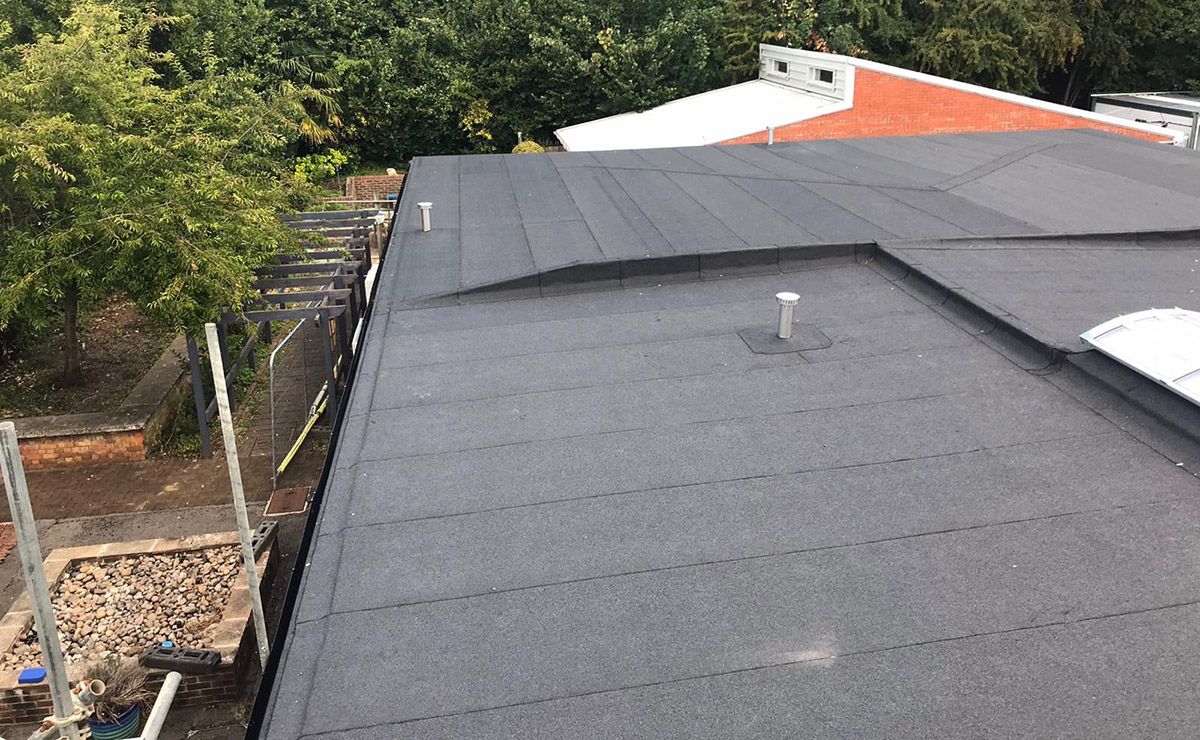
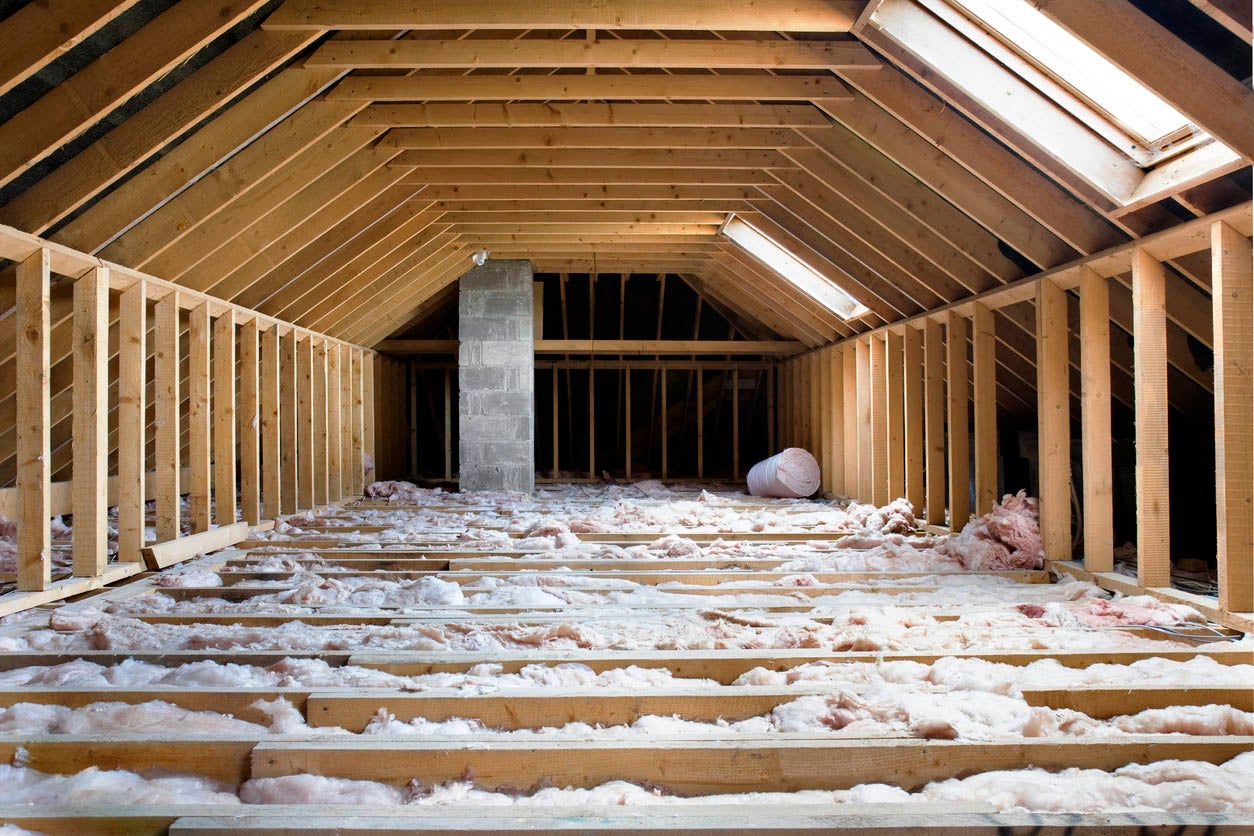
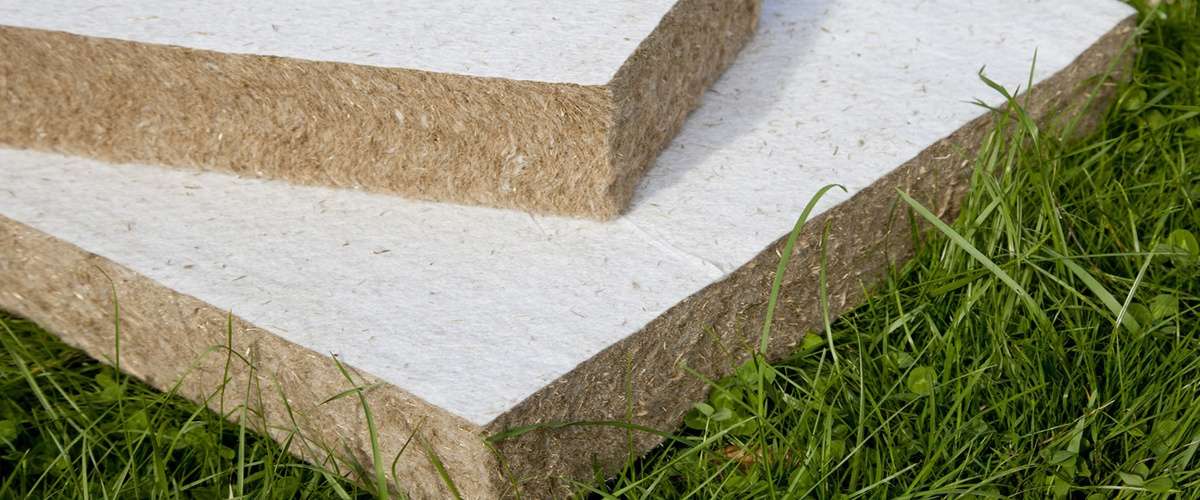
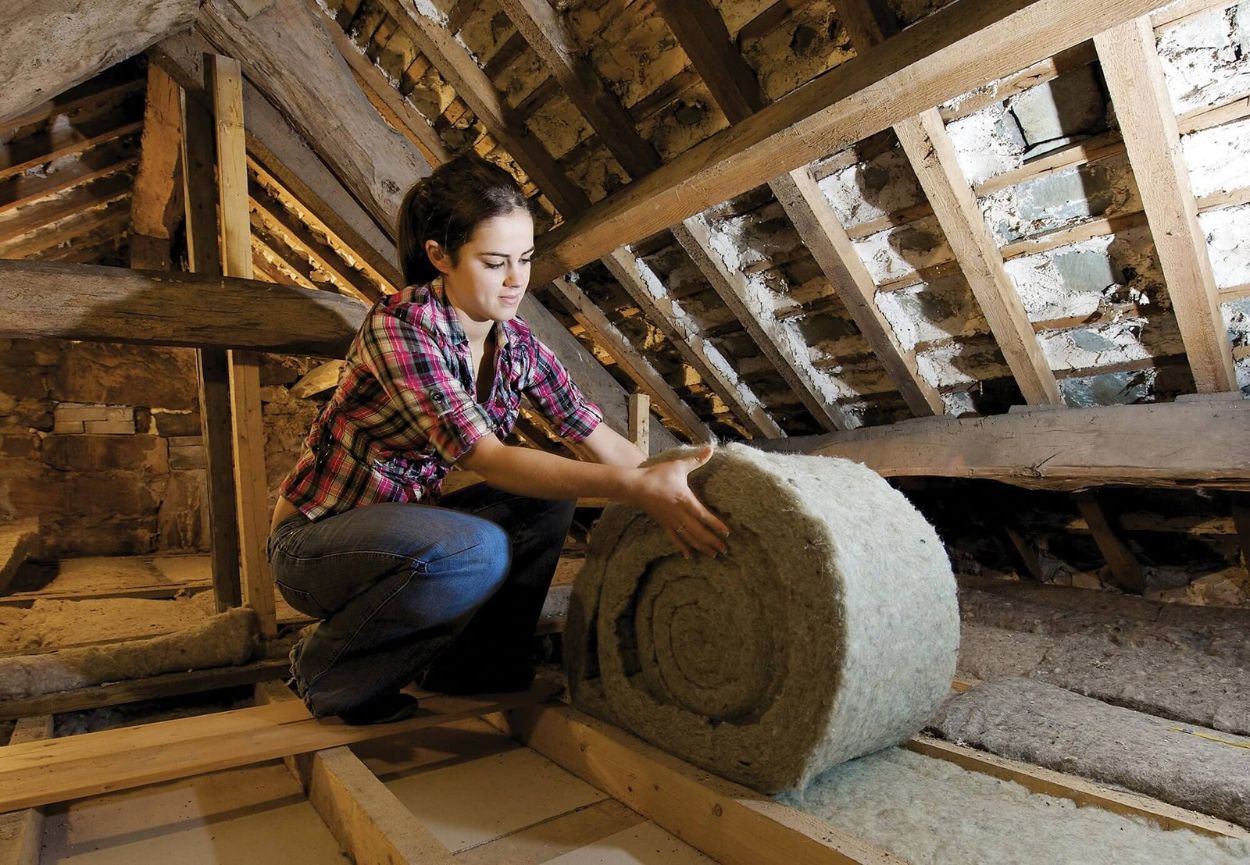
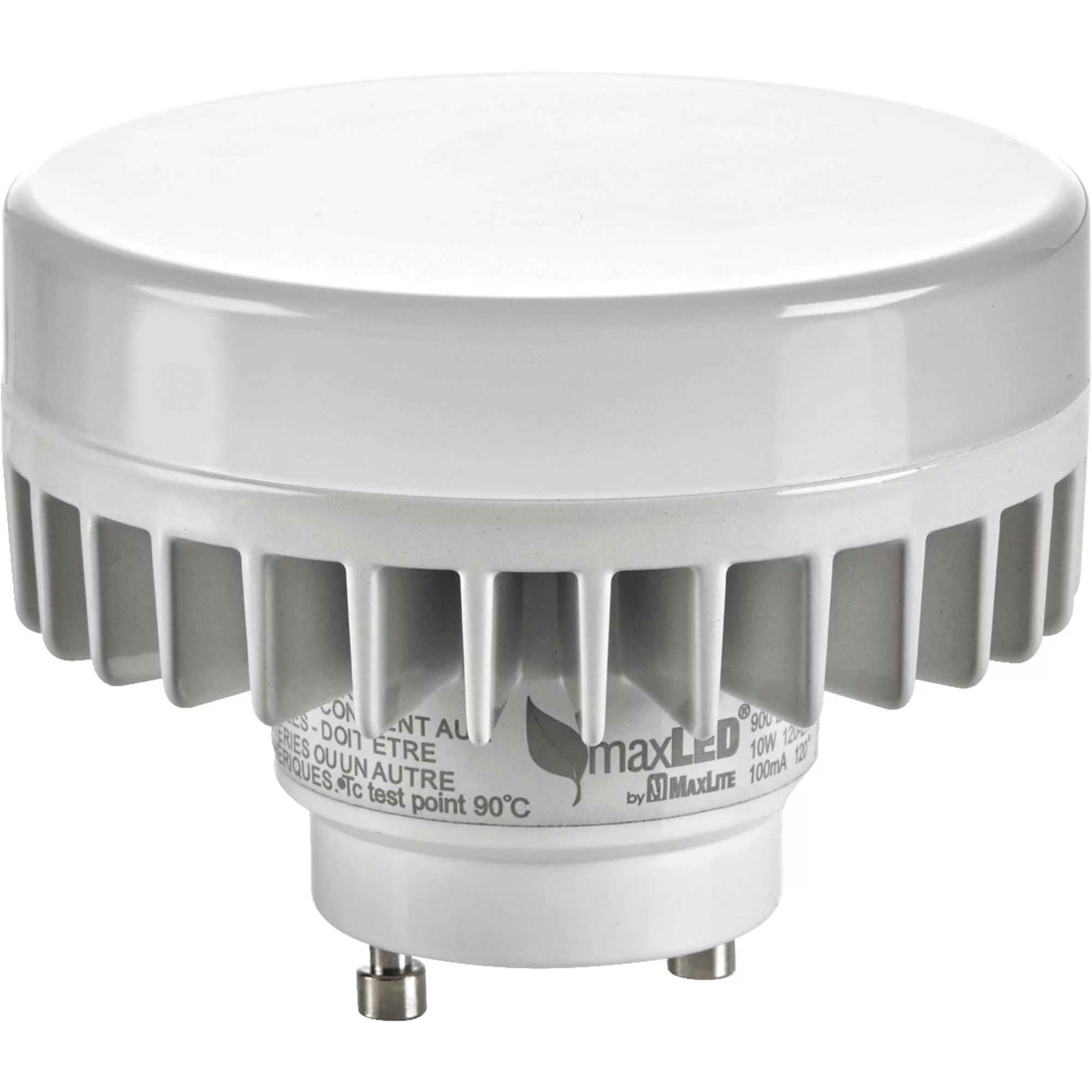
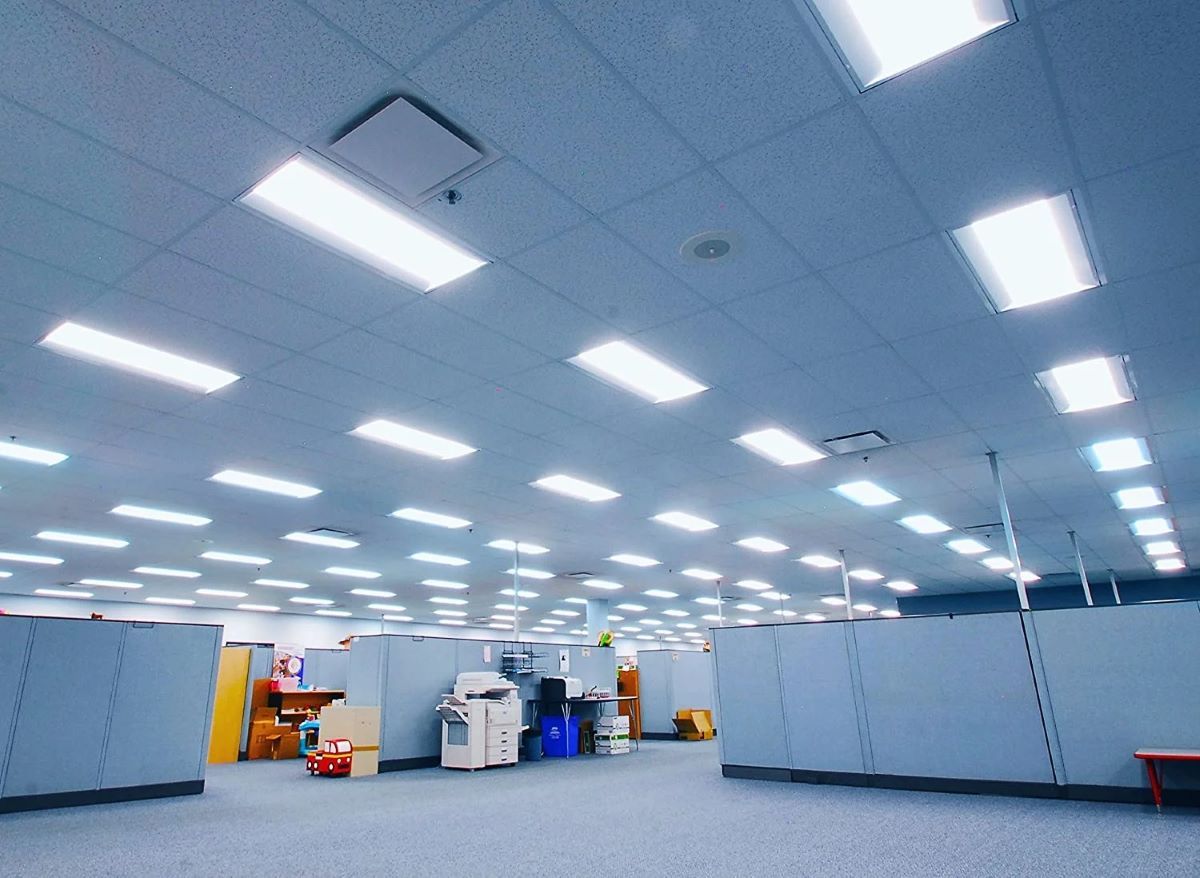
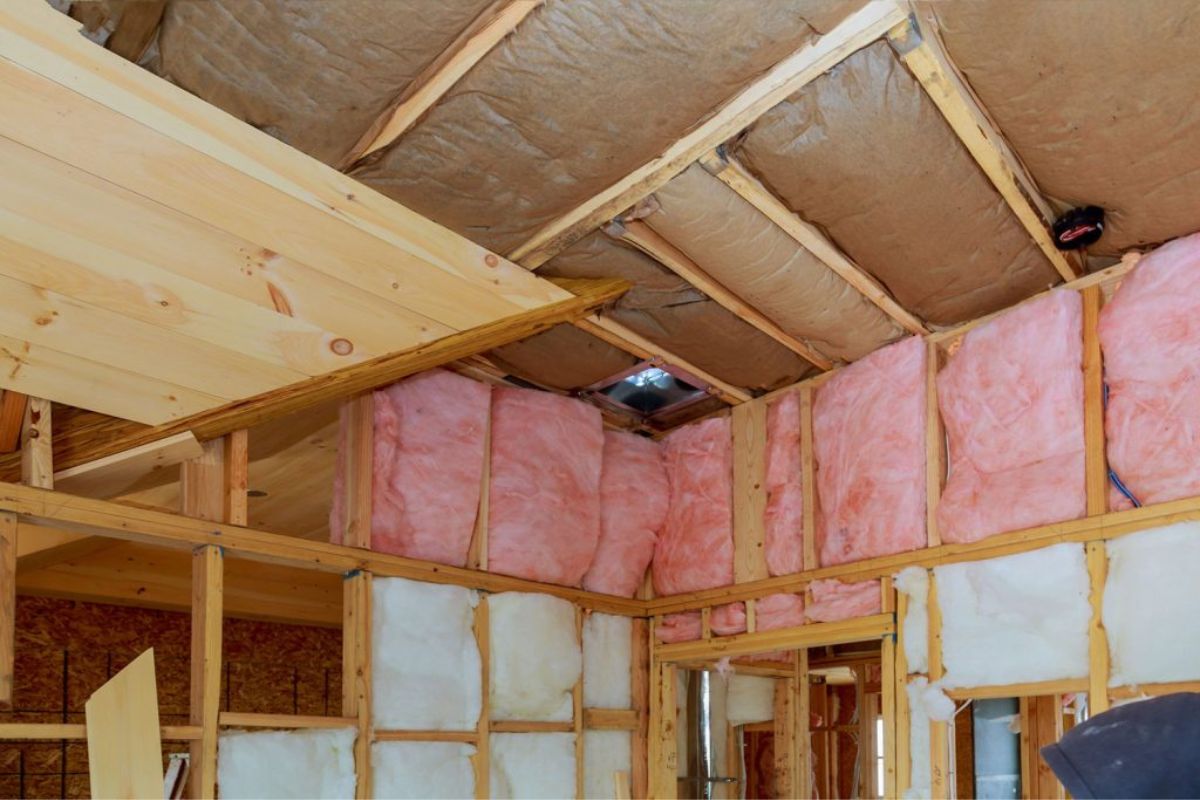
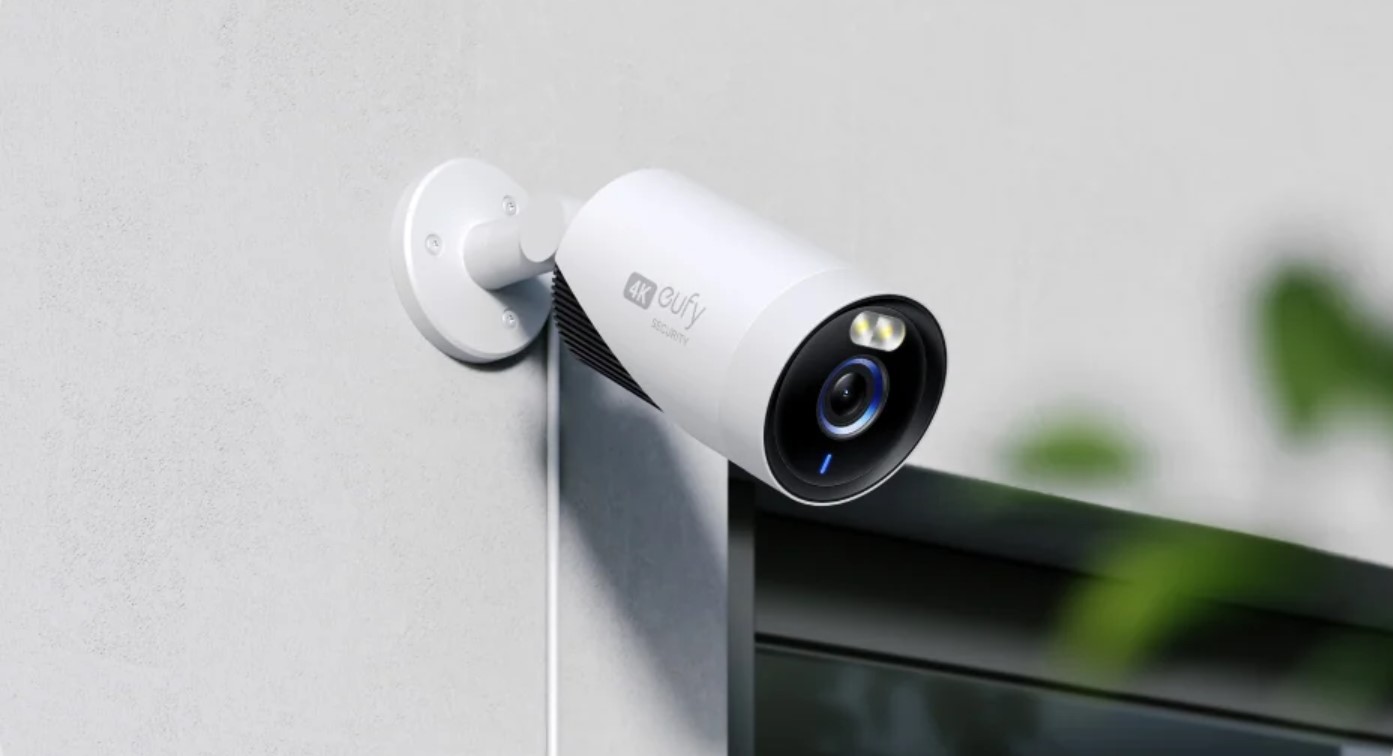
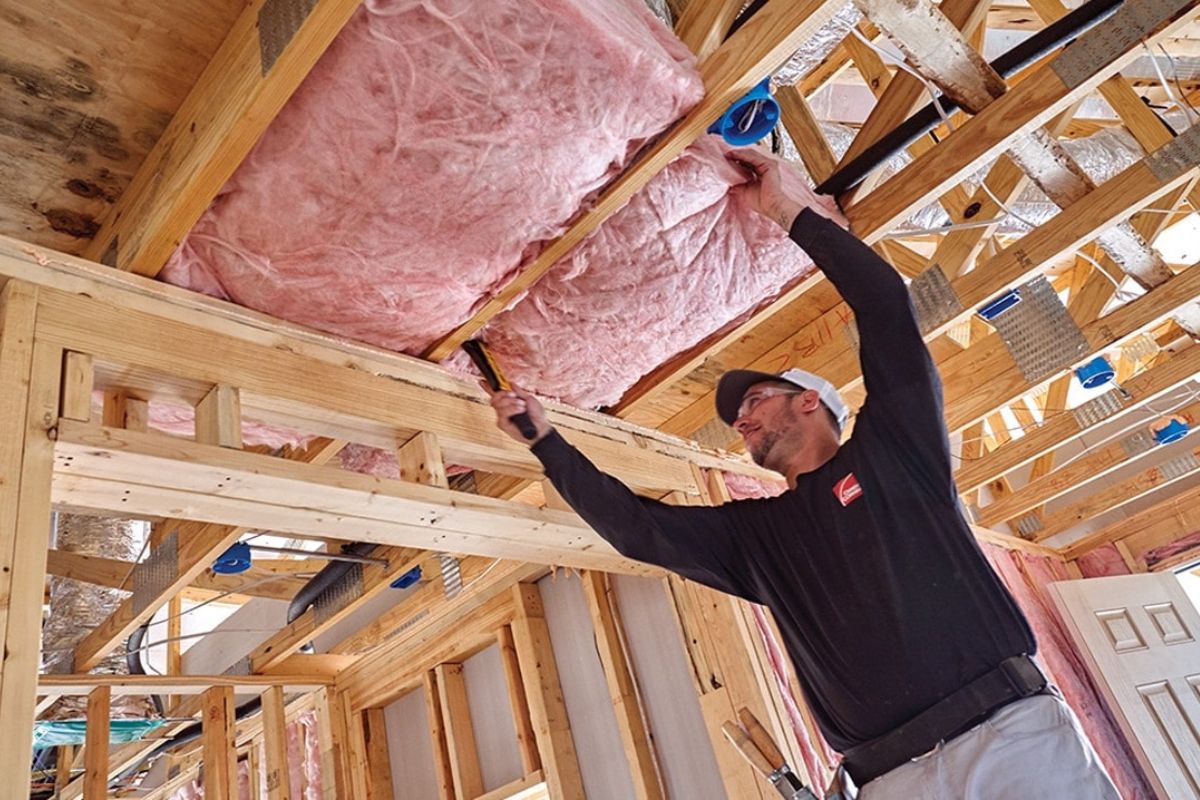
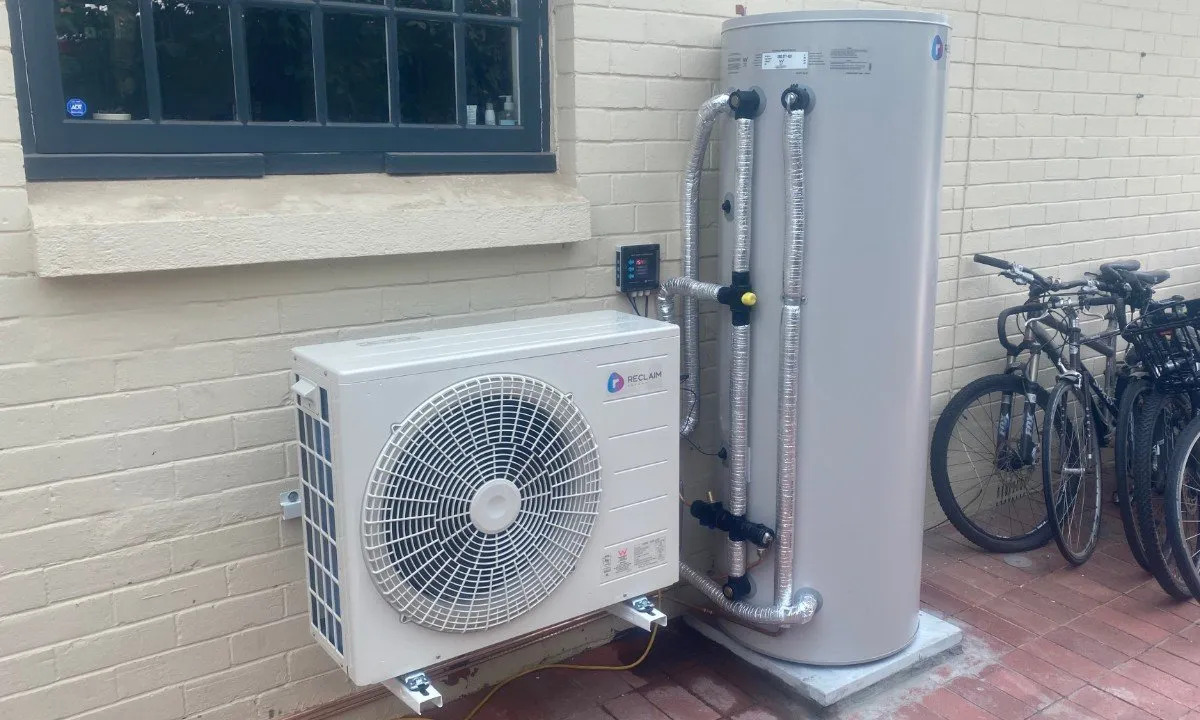

0 thoughts on “24 Tips For Energy-Efficient Homes”